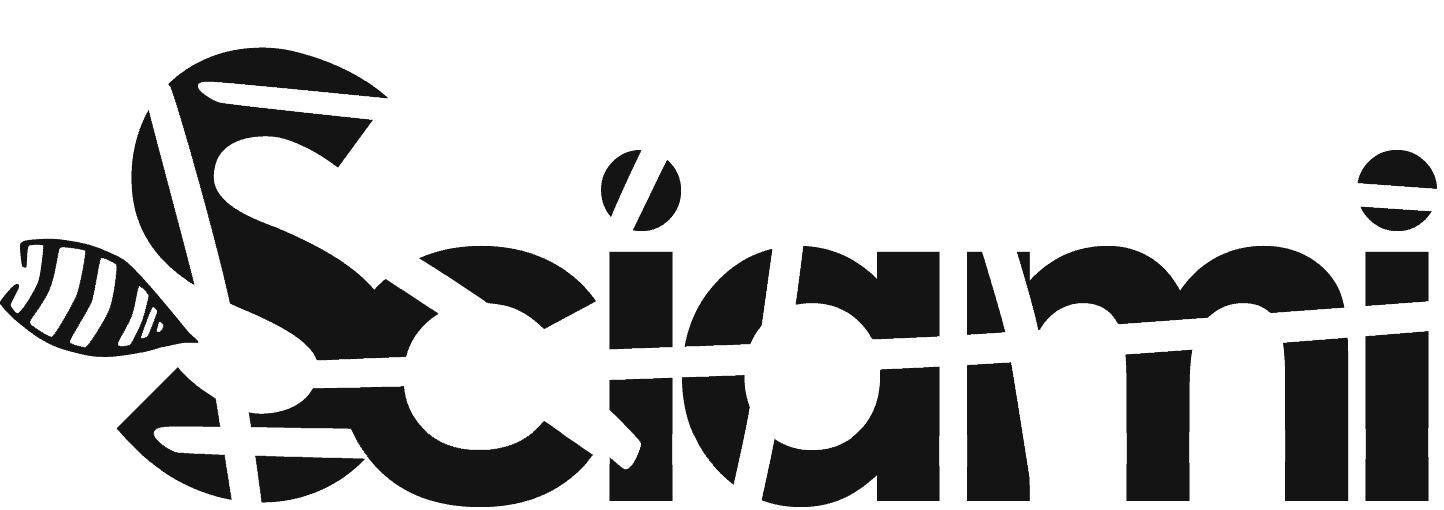The essay analyzes three cases of collaborations between artists and companies considered particularly emblematic since in the first half of the twentieth century led to the invention of sound/light devices and the establishment of joint research departments between artists and engineers: the meeting in 1927 between the Dadaist Raoul Hausmann and the engineer Daniel Broido of the berliner electric company AEG which leads to the patent of the Otophone, a device for converting light into sound and vice-versa; the collaboration between the director Modest Altschuler and the engineer Preston S. Millar of the Electrical Testing Laboratories which leads to the realization of the Chromola, a keyboard for light; the exhibition Nine Evenings: Theater and Engineering, curated in 1966 by the artist Robert Rauschenberg and the engineer of the company Bell Telephone Laboratories Billy Klüver, which leads to the establishment of E.A.T. (Experiments in Art and Technology), a research and development center for artists and engineers. The aim is to highlight the role that artists have had during the twentieth century whitin the field of innovation and development of technical-cultural artefacts, and also of discursive practices and methodologies of creation and sharing of knowledge.
This article is available in ITA
